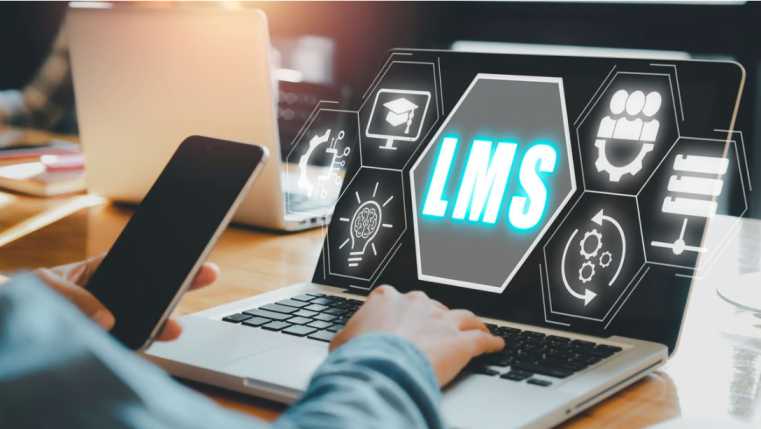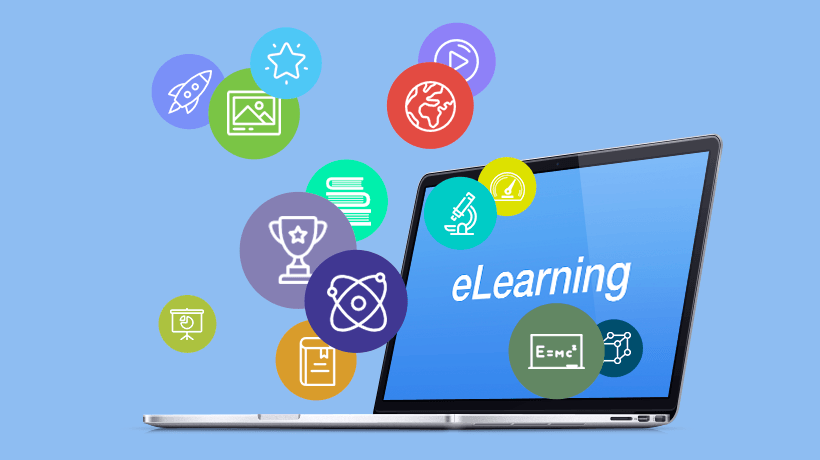The internet is a revolutionary technology that has forever changed numerous operations of industries and sectors, including education. The internet has paved the way for Learning Management Systems (LMS) to enhance the online learning experience.
In this blog post, we will discuss the role of leveraging internet connectivity in LMS for effective learning and the challenges that come with its integration.
Enhancing Accessibility
The unmatched level of accessibility is probably the biggest advantage of internet-connected LMS for effective learning. Students across the globe can seamlessly access learning materials and programs, breaking the barriers of different time zones. This enhanced accessibility benefits not only traditional students but also non-traditional ones as well. That includes working professionals who need to level up their skills to get a promotion or people living in underserved areas to get a better job opportunity.
By leveraging high-speed fiber internet service, LMS platforms can support numerous devices, including desktop computers or portable smart devices, making learning seamless on the go. So, the internet makes learning accessible from anywhere, whether you’re in the comforts of your home or on a commute to the office. Not only that, but most of the LMS also feature offline learning capabilities, allowing students to download the learning content and synchronize their progress when they reconnect to the internet.
Promoting Collaboration
Internet-powered LMS features a unified learning platform that connects various digital platforms into one. For instance, LMS unifies multiple communication tools such as forums, chatrooms, video conferencing, and collaborative document editing.
Educators can make announcements, delegate assignments, and provide learning materials to their students. Students can ask questions to learn more about a particular subject or subtopic within the platform. Parents can also access the LMS by communicating with the educators and learning about their child’s progress. This centralized hub streamlines the entire communication process by making important information accessible to all stakeholders.
Personalization Of Learning
The high-speed fiber internet service allows LMS to harness the power of data analytics in real time to tailor learning materials and courses as per the learning capabilities of the students. It further allows students to track the progress of their online courses and receive feedback in real time from their educators. This high level of personalized learning leads to increased student engagement and motivation, leading to tangible outcomes.
Furthermore, LMS features adaptive learning technologies that automatically adjust to the cognitive abilities of the students. So, it provides a unique and personalized learning experience based on their learning capabilities, providing support to overcome their challenges. This makes the learning more engaging and seamless for the students.
Real-Time Feedback And Assessment
For effective learning, real-time feedback plays a critical role which is powered by the internet through various automated assessment tools. LMS features online quizzes, assignments and even exams that are graded instantaneously, providing students with valuable feedback in real time. This allows students to leverage the feedback to find the areas for improvement and become even better students.
Not only that, but educators can also utilize these real-time feedback and assessment tools to evaluate the performance of each student. This will help educators to identify the areas where either each student or the entire class needs additional support. This allows quick and effective intervention, allowing educators to identify where students struggle or excel. So, they provide personalized tutoring, ensuring to elevate student’s learning.
Integration of Multimedia
One of the primary advantages of integration of multimedia is offering visually appealing and immersive learning experiences. Educators can leverage visual elements such as videos, infographics and images to encourage and captivate the attention of students to encourage them to participate in learning. By leveraging visual learning, educators make their curriculum easier to understand for their students.
Furthermore, multimedia allows interactivity and fosters a culture of active participation within the LMS. Educators can leverage interactive features such as online quizzes, simulations and gamified elements to make education more fun and interactive, motivating students to indulge in learning. This integration of multimedia in learning enables students to think critically and gain valuable feedback from their tests to improve even further.
Addressing Challenges
Even with all the benefits of leveraging internet connectivity in LMS for effective learning, it also comes with a few challenges that need to be addressed.
Digital Divide
Even though the internet penetration has grown rapidly across the globe, however, there is still a challenge of digital divide. Not all students have the access to the high-speed fiber internet service which is a huge disparity that needs to be overcome.
This digital divide mainly happens to low and middle-income countries with mostly rural areas that are struggling with a reliable internet connection. It means there are millions of students who are unable to get consistent internet access, not widening the gap between students and quality education.
Government and NGOs should work together in order to overcome this big gap in education by providing internet connections that don’t break the bank.
Security And Privacy
The increased use of LMS by all the stakeholders also posed the risk of cyberattacks. LMS has to offer robust security protocols such as verifying the identity and authorizing the level of access to each user. This practice will prevent unauthorized usage, impersonation and data breach. Using strong passwords, end-to-end encryption and multi-factor authentication are some of the best practices that will ensure security and privacy.
Quality And Credibility of Online Resources
There’s no point in learning if the curriculum doesn’t come from an authentic source. So, the quality and credibility of online resources shouldn’t be ignored. LMS platforms should vet and verify their resources. They need to ensure these courses are from reputable and credible sources before adding them in their curriculum.
Conclusion
The sky’s the limit for online learning opportunities with the LMS platforms. Whether it’s enhancing accessibility to online education, promoting collaboration, or providing personalized learning experiences and offering feedback in real time, surely the benefits are countless.
Nonetheless, despite all the benefits, we cannot neglect some of the challenges that LMS faces. For instance, governments and NGOs should work together to overcome the digital divide. Furthermore, the LMS platform should ensure data security and resource curriculum only from reputable and credible institutions.
When properly addressed, these challenges will pave the way for efficient learning, which will benefit not only the students but the whole world.


Dear team
I am keen to form a collaboration with iotloops.com that involves each of us adding a link to each others’ sites. The link can be added anywhere on the site: blog, page, etc. This is the best way for us to boost our organic seo.
I have already added 2 links to iotloops.com inside our blog post.
I would be most grateful if you could link us too.
Best wishes
Dewey